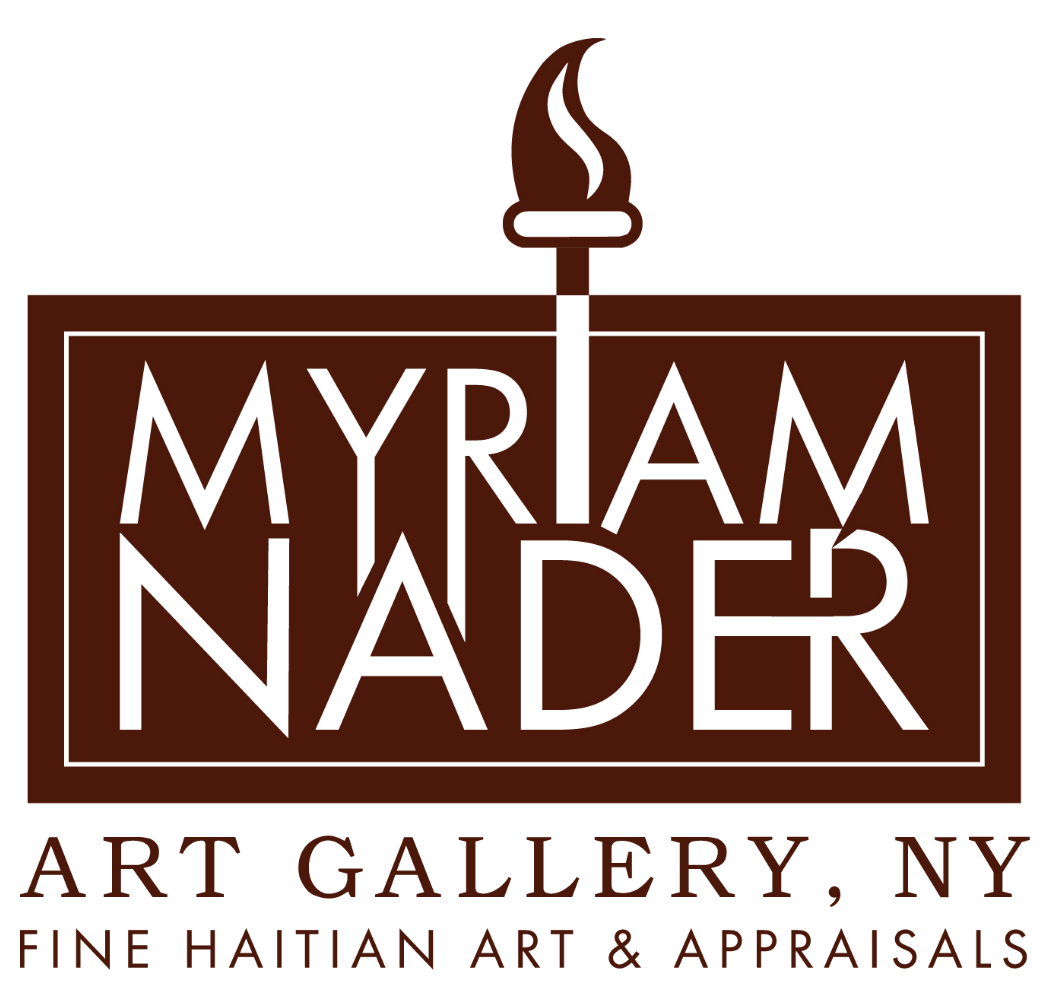Haitian culture is renowned for its rich artistic heritage, with art deeply rooted in the Haitian people. Historical evidence suggests that early Haitians used natural materials, such as crushed stones, to paint on their home walls. As European and African American cultures began to influence Haiti, they introduced modern artistic methods. This led to the establishment of art schools where aspiring artists could learn both modern techniques and traditional folk art from their ancestors.
Several factors, including economic, social, and historical influences, have contributed to the growth of self-taught artists alongside those who are formally trained.
The arrival of Europeans in Haiti led to the establishment of a caste system, resulting in significant differences within the population. Access to art schools was usually limited to those from upper- and middle-class backgrounds. Even when there were no restrictions, people from working-class or rural areas often couldn't afford the education provided by these institutions. As a result, many relied on self-teaching as their only practical option. Although the class structure has evolved, economic inequality persists in some rural areas.
The presence of self-taught artists isn’t solely due to societal restrictions. Deeply rooted traditional and spiritual practices also motivate many artists to pursue independent learning. Haitians strongly believe in spiritual ceremonies, especially Vodou, which plays a significant role in conventional Haitian art.
Artistic practices such as sculpting and painting are integral parts of Vodou rituals, prompting many artists to hone their skills through these ceremonies rather than attending European art schools. These artists are often referred to as naive or primitive artists in the context of Haitian art. They usually create raw, Haitian-style oil paintings that depict Vodou rituals.
Haitian people deeply value individuality and authenticity in both culture and art. Many artists view their work as a reflection of their spiritual beliefs and their community's way of life. As a result, they often reject the idea that art should be part of formal academic training. These artists believe that art should be passed down through generations rather than turned into a commodity. Consequently, many create works that resemble those produced by primitive Haitian artists.
A major milestone occurred in 1940 with the opening of the Centre d’Art in Port-au-Prince. This center revolutionized Haitian art by exhibiting works from both trained and self-taught artists. It provided self-taught artists an opportunity to show they could compete with professionals, helping them gain recognition in the official Haitian art scene. As a result, self-taught artists gained international acclaim for their work.
Even today, Haitian artists face many challenges, including economic instability and limited government support, which are worsened by ongoing political unrest. This situation has caused many talented individuals to avoid formal art institutions and instead pursue self-education, learning from various artists and alternative platforms.
One key difference between self-taught and formally trained artists is how they express themselves. The paintings created by self-taught Haitian artists are often highly expressive and closely tied to spiritual life and local culture. Their work features vivid colors and energetic themes.
Many of these self-taught artists have gained international recognition, with figures such as Philomé Obin and Hector Hyppolite praised for their genuine vision and originality.
Haitian art symbolizes resilience, diversity, and resourcefulness, which are the main reasons self-taught Haitian artists are celebrated worldwide. This is a key reason why these artists are recognized today for their originality and independent thinking. Additionally, they reflect the country's spirit by illustrating the everyday struggles and lives of Haitians. Through their honest depictions of Haitian life and culture, self-taught artists have become a powerful force in shaping Haiti's cultural identity.
Curious about what work from self-taught Haitian artists looks like? One of the best ways to experience authentic Haitian art is to visit galleries like Myriam Nader Haitian Art Gallery online. The Haitian art gallery features a diverse collection of paintings from both formally trained and self-taught artists. Contact the gallery directly at 1-845-367-3039 or email myriamnader2007@aol.com to learn more about the art created by different Haitian artists worldwide, including Haitian art appraisals.
Feel free to share this blog with your family, friends, or colleagues. Thank you!
